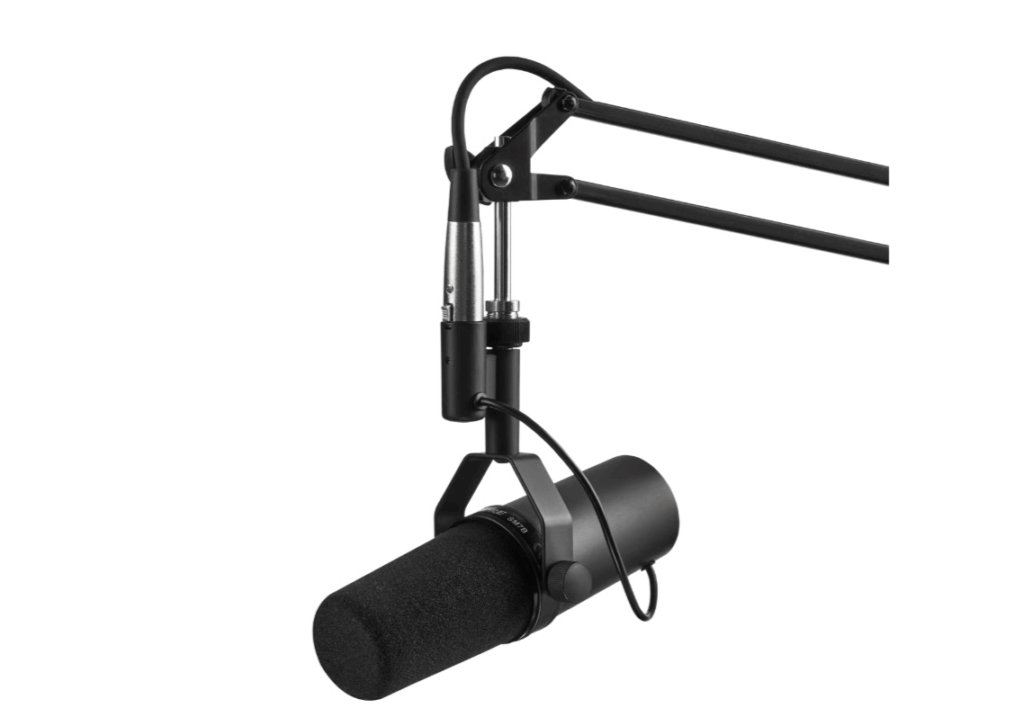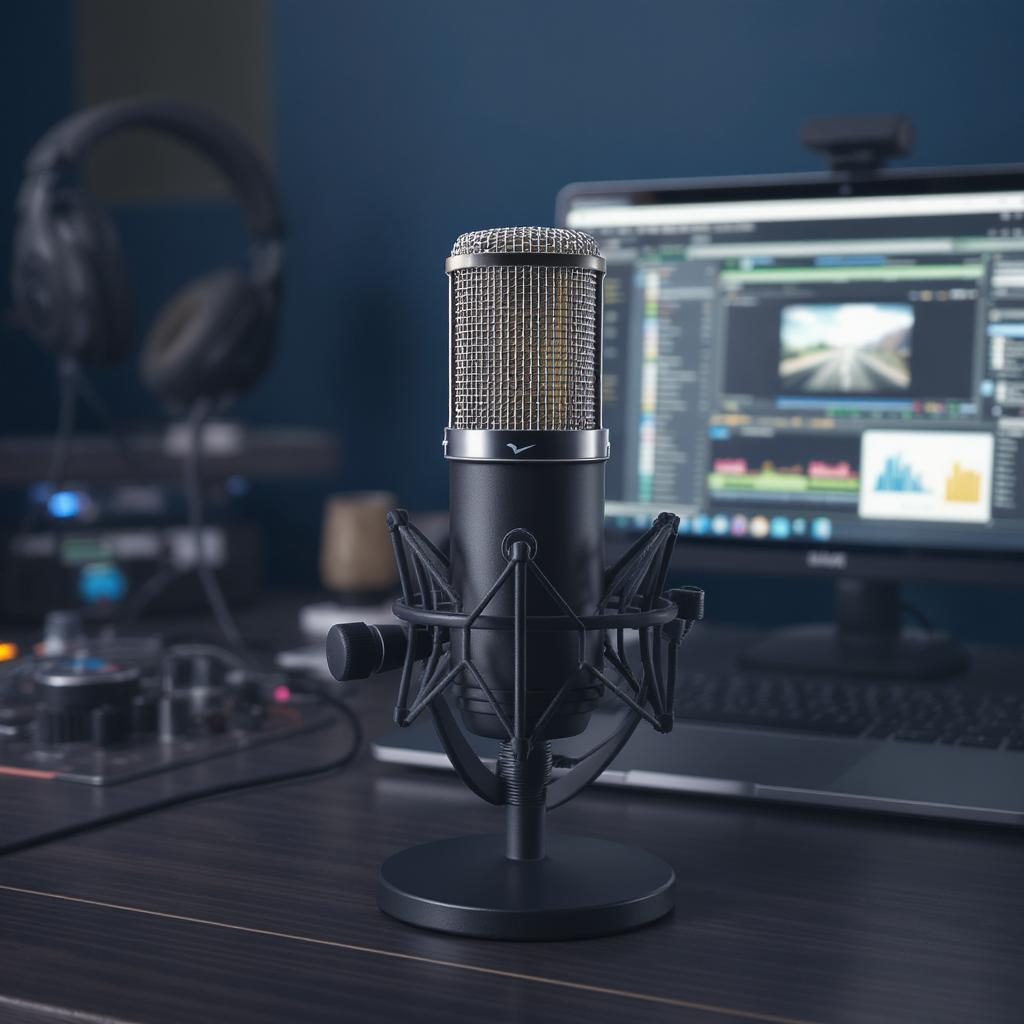Choosing the right mic can make or break your performance online—and in this guide to the top microphones for live music streaming, we’ll help you sound your best. Whether you’re singing, playing guitar, or streaming full-band sessions, the right mic will deliver crystal-clear audio that keeps your audience engaged.
What Is a Streaming Microphone?
A streaming microphone captures your voice or instrument and converts it into a digital signal for your audience to hear in real time. For musicians, this means delivering professional-quality sound whether you’re playing acoustic sets, DJing, or producing beats live.
There are two main types:
- USB Microphones: Plug directly into your computer; great for beginners.
- XLR Microphones: Require an audio interface; preferred by professionals for quality and flexibility.
Why Do You Need a Good Microphone for Streaming Music?
Your microphone is the heart of your sound. A low-quality mic can ruin even the best performance, while a good mic will:
- Capture every detail of vocals and instruments
- Reduce background noise for a cleaner stream
- Improve professionalism, helping grow your audience
- Work seamlessly with OBS, Streamlabs, and other streaming tools
Investing in a good mic also helps if you repurpose your content into YouTube videos, podcast episodes, or music recordings.
Key Features to Consider
When shopping for a microphone for live music streaming, look for:
- Sound Type: Condenser mics for vocals; dynamic for loud environments
- Connection: USB (easy setup) vs XLR (better quality, needs interface)
- Pickup Pattern: Cardioid (focuses on sound in front), omnidirectional, bidirectional, etc.
- Compatibility: Works with your computer, DAW, and streaming software
- Mounting Options: Includes stand, boom arm support, shock mount
- Build Quality: Durability matters for long-term use
Comparison Table – Best Mics for Music Streamers
| Microphone | Type | Connection | Best For | Price Range |
|---|---|---|---|---|
| Shure SM7B | Dynamic | XLR | Vocals, Instruments | $$$$ |
| Audio-Technica AT2020 | Condenser | XLR/USB | Vocals, Acoustic Guitar | $$–$$$ |
| Blue Yeti X | Condenser | USB | Voice + Casual Music | $$ |
| Rode NT1 | Condenser | XLR | Studio-quality Vocals | $$$ |
| Samson Q2U | Dynamic | USB/XLR | Budget setups | $ |
| Elgato Wave:3 | Condenser | USB | Streaming + Music | $$ |
How to Choose the Right Streaming Mic
- Beginners on a budget: Samson Q2U or Blue Yeti
- Vocals and acoustic instruments: AT2020 or Rode NT1
- High-end studio sound: Shure SM7B (with interface like Scarlett 2i2)
- All-in-one USB streamers: Elgato Wave:3 (integrates with Stream Deck)
- Versatility: Mics with both USB and XLR (e.g., Samson Q2U)
If you’re performing in untreated rooms, go for dynamic mics like the SM58 or SM7B—they’re less sensitive to background noise.
Top Picks: Best Microphones for Live Music Streaming
🔹 Shure SM7B

- Pros: Industry standard for vocals, rich tone, amazing noise rejection
- Cons: Needs a powerful preamp or audio interface
🔹 Audio-Technica AT2020 (USB/XLR)

- Pros: Great for vocals/instruments, affordable, durable
- Cons: Needs good positioning for best sound
🔹 Blue Yeti X

- Pros: Easy USB setup, multiple patterns, built-in gain control
- Cons: Picks up room noise in untreated spaces
🔹 Samson Q2U

- Pros: Budget-friendly, USB/XLR combo, good for beginners
- Cons: Less refined sound than higher-end mics
🔹 Elgato Wave:3

- Pros: Built for streamers, comes with Wave Link mixer software
- Cons: Not ideal for louder instruments or pro vocals
🔹 Rode NT1

- Pros: Exceptionally clear and quiet; studio-quality audio
- Cons: Needs phantom power and treated room for best results
FAQs About Streaming Microphones for Musicians
Yes, but for high-end sound, XLR mics paired with audio interfaces are recommended.
Condenser mics capture more detail, but dynamic mics handle louder volumes better.
Only if you’re using XLR mics. USB mics don’t require one.
Absolutely—many streamers also use them for studio recording and podcasts.
Final Thoughts
Whether you’re a bedroom musician or gigging pro, the right microphone will elevate your live streams and help you connect with fans through great sound. Use this guide to find the best microphone for your needs and budget, and take your music streaming setup to the next level.
